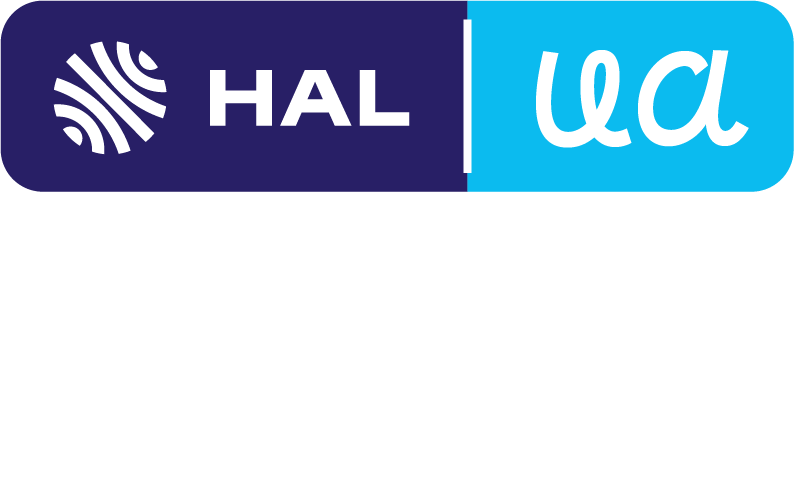Old Donors for New Molecular Conductors: Combining TMTSF and BEDT-TTF with Anionic (TaF6)1−x/(PF6)x Alloys
Résumé
Tetramethyl-tetraselenafulvalene (TMTSF) and bis(ethylenedithio)-tetrathiafulvalene (BEDT-TTF) are flagship precursors in the field of molecular (super)conductors. The electrocrystallization of these donors in the presence of (n-Bu4N)TaF6 or mixtures of (n-Bu4N)TaF6 and (n-Bu4N)PF6 provided Bechgaard salts formulated as (TMTSF)2(TaF6)0.84(PF6)0.16, (TMTSF)2(TaF6)0.56(PF6)0.44, (TMTSF)2(TaF6)0.44(PF6)0.56 and (TMTSF)2(TaF6)0.12(PF6)0.88, together with the monoclinic and orthorhombic phases δm-(BEDT-TTF)2(TaF6)0.94(PF6)0.06 and δo-(BEDT-TTF)2(TaF6)0.43(PF6)0.57, respectively. The use of BEDT-TTF and a mixture of (n-Bu4N)TaF6/TaF5 afforded the 1:1 phase (BEDT-TTF)2(TaF6)2·CH2Cl2. The precise Ta/P ratio in the alloys has been determined by an accurate single crystal X-ray data analysis and was corroborated with solution 19F NMR measurements. In the previously unknown crystalline phase (BEDT-TTF)2(TaF6)2·CH2Cl2 the donors organize in dimers interacting laterally yet no organic-inorganic segregation is observed. Single crystal resistivity measurements on the TMTSF based materials show typical behavior of the Bechgaard phases with room temperature conductivity σ ≈ 100 S/cm and localization below 12 K indicative of a spin density wave transition. The orthorhombic phase δo-(BEDT-TTF)2(TaF6)0.43(PF6)0.57 is semiconducting with the room temperature conductivity estimated to be σ ≈ 0.16–0.5 S/cm while the compound (BEDT-TTF)2(TaF6)2·CH2Cl2 is also a semiconductor, yet with a much lower room temperature conductivity value of 0.001 to 0.0025 S/cm, in agreement with the +1 oxidation state and strong dimerization of the donors.
| Origine | Fichiers éditeurs autorisés sur une archive ouverte |
|---|


